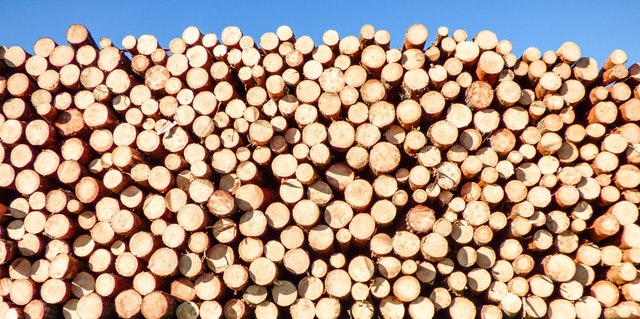
Zambia’s land assets are diverse encompassing arable land, forests, wildlife and wetlands. The estimated land area under forest cover is about 44.6 million hectares of Zambia’s total land area. Therefore, Zambia’s abundant forests have the potential to make a significant contribution towards economic growth because these dominant forests cover 60% of the country’s total land area, with the main vegetation type being Miombo woodland which covers 47% of the country’s land area. Theoretically, the forest resources in Zambia are sufficient to satisfy the country’s domestic demand of wood and wood products, even after 20 years of sustained growth in demand of wood.
However, local value addition to wood, which among other things involves wood processing has lagged, despite the surge in the demand of wood and wood products. The tree species of commercial value in Zambia are mainly used for timber production, as construction material and for making furniture products. Currently, a large import demand for value added wood products exists in Zambia, and this can be seen from the imports of particle boards and plywood in 2020, which stood at about K 58 million and K 36 million, respectively. Particle boards are usually made out of sawdust and wooden particles, whilst plywood is a wooden panel that is composed of thin cross-bonded veneers glued.
Locally produced wood and its by products can be used in the production of particle boards and plywood, which are mainly on demand in the domestic market, as seen by the import demand. Particle boards and plywood are used for a number of things, such as making various home and industrial furniture. They can also be used to make roofing and flooring sheets. Despite the evidence of high domestic demand and abundant raw materials, the country has experienced hurdles in the utilization of local wood in the production of products such as particle boards and plywood.
Firstly, according to the World Bank’s Light Manufacturing in Zambia Report of 2013, equipment for wood processing is considerably older on average, in Zambia at 28 years, than in China at 3–7 years and 7–13 in Vietnam. Older wood processing machinery is not as precise and agile as newer machines, therefore cannot produce wood products of modern standards. Most manufacturers of furniture, who are Micro, Small and Medium Scale Enterprises (MSME’s), therefore resort to importing boards from processed wood products such as particle boards and plywood from China.
Secondly, the same report highlights that MSME’s make up approximately 95% of the registered wood processing companies, and they struggle to produce high-quality products suitable for export. Poor product design and development compound the problem, as there are no design schools which focus on making intermediate goods from wood. Therefore, most Zambian workers in wood processing plants lack basic skills and competence to process wood. Moreover, specific technical and managerial expertise is missing therefore affecting their productivity.
Lastly, the World Bank’s 2013 report also highlighted high lumber transportation costs in Zambia as a major hindrance to value addition and local utilisation. Transportation costs are approximately $4.25 per kilometre per ton compared with $0.28 in China and even less in the other countries. Therefore, the expensive landed wood increases the cost of the value-added wood products, compared to imported value-added wood products.
Thus, whilst utilization of local inputs in the wood and wood processing subsector is important because it creates employment, because of the labour-intensive nature of the wood processing industry, the country is not adding much value to its forest resources. Value addition to the wood raw materials would spur economic growth as the final products or intermediate products produced can be packaged for export.
In order to boost local utilisation and value addition to wood products, the Zambian Government should facilitate for investment that will ensure technology transfer for MSME’s involved in wood processing as well as establish policy measures to enhance value addition. Measures could include loans for capital equipment which could be at lower or free of interest rates. Additionally, technical assistance and training on how to create specialised wood products from the machinery could be arranged to ensure the production of high standard wood products.
Key additional measures could include reduction of transportation costs by availing affordable transport infrastructure, such as rail lines, to timber harvest centres and wood processing hubs. Lastly, institutions of higher learning with schools of natural resources can develop short courses on product development and design, for MSME’s involved in wood processing and value addition. This will ensure that MSME’s in wood processing get the much-needed technical expertise and increase their productivity.


